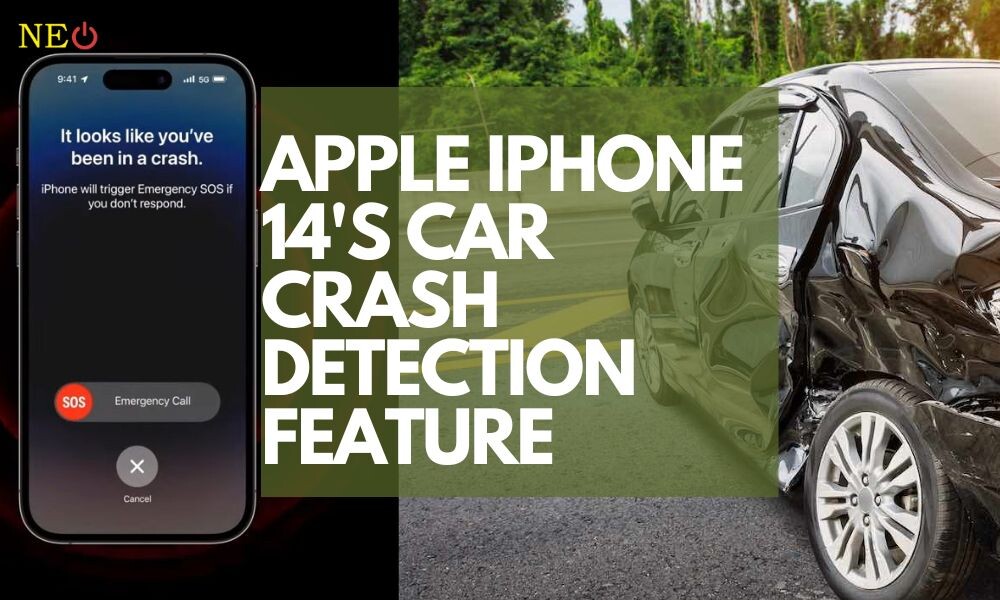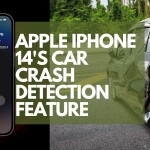At the "Far Away" event last month, Apple unveiled the new iPhone 14 series, Apple Watch Series 8, and AirPods Pro 2. The most recent iPhones and Apple Watch models come with a brand-new feature called Crash Detection from the Cupertino-based tech company. As the name implies, when it recognises that the user has been in an automobile accident, this feature alerts emergency services and even notifies emergency contacts.
This capability was recently tested twice by a YouTuber by fastening a new iPhone to the headrest of the passenger seat of a sedan and crashing the car with a remote control. A recent report, however, indicates that this feature may unintentionally activate while riding roller coasters. Here, we describe the operation of Apple's Car Crash detection.

What is Apple’s Car Crash Detection feature
According to Apple, the Crash Detection tool is intended to identify "serious car crashes," which include rollovers as well as frontal, side, and rear-end collisions. All car types, including sedans, minivans, SUVs, pickup trucks, and other passenger vehicles, can use this feature.
All Apple iPhone 14 and iPhone 14 Pro models, as well as the Apple Watch Series 8, Apple Watch SE 2, and Apple Watch Ultra, support the Car Crash Detection feature. These devices' cellular or Wi-Fi connections are used by this functionality to place emergency calls in such circumstances.
How does Car Crash Detection work
It sounds an alarm and flashes an alert that reads, "It looks like you have been in a crash" on iPhone or Apple Watch whenever the feature detects a serious auto accident. After a crash, if users are unable to view their iPhone screen, the device will read out the alarm and display an Emergency Call slider so that they can dial 911.
The Apple Watch will also check in with users in crash circumstances if they are the only one with one, and it will chime, tap, and display the same slider on its screen. The Emergency Call slider, however, only displays on the Apple Watch, and the call audio will also play from the wearable if customers have access to both their iPhone and Apple Watch at the time of the crash.
Users have the option to either ignore the message or dial 911 in this situation. The Apple iPhone will automatically notify the emergency services if the user is not responsive for more than 20 seconds. If the user has added emergency contacts, the device will also send a message to let them know where the incident occurred.

On eligible Apple devices, the Crash Detection feature is activated by default. To fully utilise the feature, users must configure their Medical ID and emergency contacts in the Health app. In order to share their location with emergency contacts, users must additionally enable the "Location Services for Emergency SOS" option. This function can be disabled by users on the Apple Watch and iPhone.
In order to improve the feature, Apple has stated that all sensor data needed to assess an automobile crash is deleted after detection unless customers choose to share the data with the business. According to the tech giant, the technology uses the microphone on your iPhone to identify loud noise levels and other crash characteristics. The detected sound levels are sent to Apple if customers choose to share their data. However, the business never records or stores raw audio.
In these circumstances, even if Location Services are deactivated, the device will transmit your location as latitude and longitude coordinates with emergency services when a serious auto accident is detected. Additionally, Apple notes that some nations or areas may require manual input for emergency service calls.









